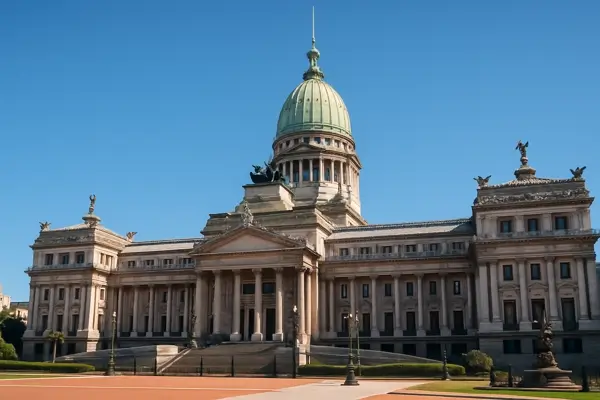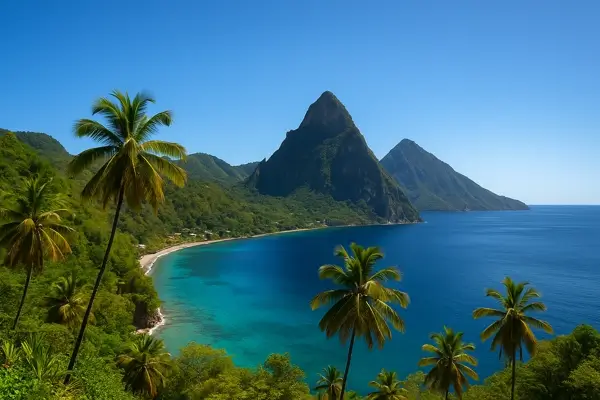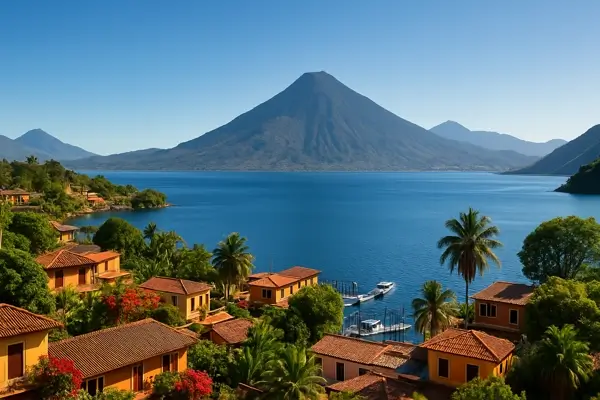
A Land of Diverse Landscapes
Argentina is a vast country, the eighth-largest in the world, and is known for its diverse landscapes. From the towering Andes Mountains in the west to the expansive Pampas grasslands in the center, and from the arid Patagonian deserts in the south to the tropical rainforests in the north, Argentina offers a wide variety of geographical features.
The Home of Tango
Argentina is the birthplace of the passionate and iconic dance known as tango. Originating in the working-class neighborhoods of Buenos Aires in the late 19th century, tango has since become a symbol of Argentine culture. Today, it is enjoyed worldwide, and Argentina hosts several tango festivals and competitions throughout the year.
The Largest Spanish-Speaking Country by Area
Argentina is the largest Spanish-speaking country in the world by area, spanning approximately 2.78 million square kilometers (1.07 million square miles). It is the second-largest country in South America, following Brazil, and plays a key role in the region’s politics and culture.
The Andes
The Andes Mountain Range, which runs along Argentina’s western border with Chile, contains some of the highest peaks in the Western Hemisphere. The highest peak in Argentina, Aconcagua, reaches 6,961 meters (22,837 feet) and is the highest point in both the Southern and Western Hemispheres.
A World Leader in Beef Production
Argentina is known for its high-quality beef, and Argentine steaks are some of the best in the world. The country’s beef industry is a major part of its economy, and the famous Argentine barbecue, or asado, is a beloved tradition. Argentina has one of the highest per capita beef consumption rates in the world.
Home to the Iguazú Falls
Argentina is home to one of the most breathtaking natural wonders in the world – the Iguazú Falls. Located on the border with Brazil, this massive waterfall system consists of over 250 individual falls spread over nearly two miles of the Iguazú River. It is a UNESCO World Heritage site and one of the largest and most impressive waterfall systems in the world.
A Rich Cultural Heritage
Argentina has a rich cultural heritage, blending indigenous, European, and African influences. This diversity is reflected in the country’s music, dance, cuisine, and festivals. The capital, Buenos Aires, is known for its vibrant arts scene, with theaters, museums, and galleries showcasing Argentine culture and history.
Football (Soccer) Passion
Argentina is a football-obsessed nation, with the sport being an integral part of its culture. The country has produced some of the world’s greatest football players, including Diego Maradona and Lionel Messi. Argentina has won the FIFA World Cup twice (1978 and 1986) and is known for its fierce rivalry with Brazil in the sport.
The Pampas
The Pampas is a vast region of flat, fertile lowlands that stretch across Argentina’s central and eastern parts. It is one of the most important agricultural regions in the country, known for producing wheat, corn, and soybeans. The Pampas is also home to the iconic Argentine gauchos, who are skilled cowhands and an important part of Argentina’s cultural identity.
The Penguin Colonies of Tierra del Fuego
Argentina is home to several penguin species, including the Magellanic penguin, which breeds in the southern part of the country, particularly around Tierra del Fuego and the Valdés Peninsula. These penguin colonies are popular tourist attractions and offer a unique opportunity to see these charming birds in their natural habitat.
The Wine Capital of South America
Argentina is one of the world’s leading wine producers, and it is particularly famous for its Malbec wine. Mendoza, located at the foothills of the Andes, is Argentina’s primary wine-growing region and is considered the wine capital of South America. Argentine wines are known for their rich flavors and are highly regarded by wine enthusiasts around the world.
Patagonia
Patagonia is a vast and remote region located in the southern part of Argentina, known for its stunning natural beauty. This area includes the rugged landscapes of glaciers, mountains, lakes, and forests, making it a popular destination for eco-tourism and outdoor adventure. Notable attractions in Patagonia include Los Glaciares National Park and the Perito Moreno Glacier.
The Buenos Aires Obelisk
The Obelisk, located in Buenos Aires, is one of the most famous landmarks in Argentina. Standing at 67 meters (220 feet), it was built in 1936 to commemorate the 400th anniversary of the city’s foundation. The Obelisk is located at the intersection of two of the city’s main avenues, Avenida 9 de Julio and Avenida Corrientes, and has become a symbol of the Argentine capital.
The Falkland Islands Dispute
Argentina has a long-standing territorial dispute with the United Kingdom over the sovereignty of the Falkland Islands (Malvinas), which are located in the South Atlantic Ocean. The conflict reached a peak in 1982 when Argentina invaded the islands, leading to the Falklands War. The islands remain a British Overseas Territory, but Argentina continues to claim sovereignty over them.
The Argentine Steppes
The Argentine steppes, found in the southern regions of Patagonia, are dry, arid plains that are home to unique wildlife and hardy plants. The steppes are sparsely populated and feature striking landscapes, including vast grasslands, salt flats, and deserts.



